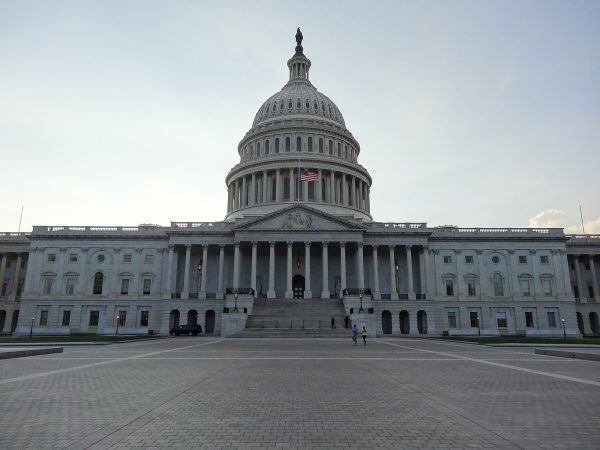Endowment Fund Interest Experiences Decreases
Update: The original headline for this article (Original: “Dickinson Endowment Fund in the Red”) misrepresented the content of the article. The headline was corrected to “Endowment Fund Interest Experiences Decreases”.
Dickinson College has been identified as one of the financially worst performing schools in the country by an award-winning magazine that publishes articles on the people and issues related to global financial markets.
The article, which was published Sept. 19 by Bloomberg Markets, states that Dickinson “posted a 4.4 percent investment loss in fiscal 2016, [which is] one of the worst returns among schools so far.”
Dickinson’s current endowment is at $412.6 million. This figure and the investment loss are visible on Dickinson’s endowment summary for Fiscal Year (FY) 2016, which is a report that is posted on the school’s website.
In an email sent to the Dickinson community on Sept. 21, Bronté Burleigh-Jones, vice president for finance and administration, affirmed that the 4.4 percent investment loss is accurate.
She maintains that the school’s performance is set to be “below median” for 2016, however also states that “the previous year’s returns were a positive 7.9 percent. Through 2015, Dickinson’s 10-year average endowment returns place us in the 93rd percentile (top 7 percent) of all colleges and universities responding to the NACUBO-Commonfund Study of Endowments (553 reporting)… Our 10-year returns should keep us in the top quartile of all reporting endowments.”
She adds, “Dickinson’s endowment is managed with the primary objective to maximize annual returns, net of all costs, over rolling 10-year periods while adhering to stated risk parameters.”
According to Investopedia.com, “Endowments represent money or other financial assets that are donated to universities or colleges.” The purpose of endowment is to invest it, because only the interest generated from endowment can be spent. The intention of generating interest on endowment is so that the “total asset value will yield an inflation-adjusted principal amount, along with additional income for further investments and supplementary expenditures.” In the case of a college or university like Dickinson, the “additional income for further investments and supplementary expenditures” refers to situations like paying the tuition gap that comes from students who do not pay the full amount charged by the school.
According to Interim President Neil Weissman, it costs approximately $75,000 to educate a student at Dickinson. This figure takes into account all of the expenses it takes to run a college including faculty and staff salaries and benefits, which accounts for 60% of the costs, as well as all other operating costs like electricity and food, and divides that number by the number of students. This $75,000 number is compared to the $63,974 tuition of the college that is on the Dickinson website. Weissman states that the endowment makes up this gap between tuition and the actual cost of educating a Dickinson student.
Furthermore, Burleigh-Jones and Weissman spoke about Dickinson’s negative net tuition at the Sept. 19 Town Hall Meeting in ATS. Dickinson is currently at capacity in terms of the number of students enrolled, and the class of 2020 proved to be a very financially expensive class due to the amount of scholarships and financial aid packages awarded to the students.
The Bloomberg article also mentions that endowments of all sizes went down a median 0.74 percent, according to the Wilshire Trust Universe Comparison Service.
Despite these losses, Dickinson still plans to increase spending.
“Dickinson…plans to allocate $17.1 million of its endowment toward the school’s operating budget; an increase of 4.1 percent from the prior year,” the article reads, attributing this information to Burleigh-Jones.
In the email, Burleigh-Jones also states that Dickinson will be evaluating the performance of Investure, the company that manages the majority of the college’s endowment, and partnering with the Colonial Williamsburg Foundation and the University of Tulsa, another college that uses Investure, to conduct the evaluation and “evaluat[e] alternatives available to [Dickinson] at our endowment size.” However, she maintains that this evaluation was “not the result of a reaction to poor performance, but was a planned review as part of the board’s oversight role.”
Investure’s other clients, including the University of Tulsa, Smith College and Middlebury College, reported some of the best investment returns for FY2015, according to the Bloomberg article. These schools have not reported their performance in FY2016.





